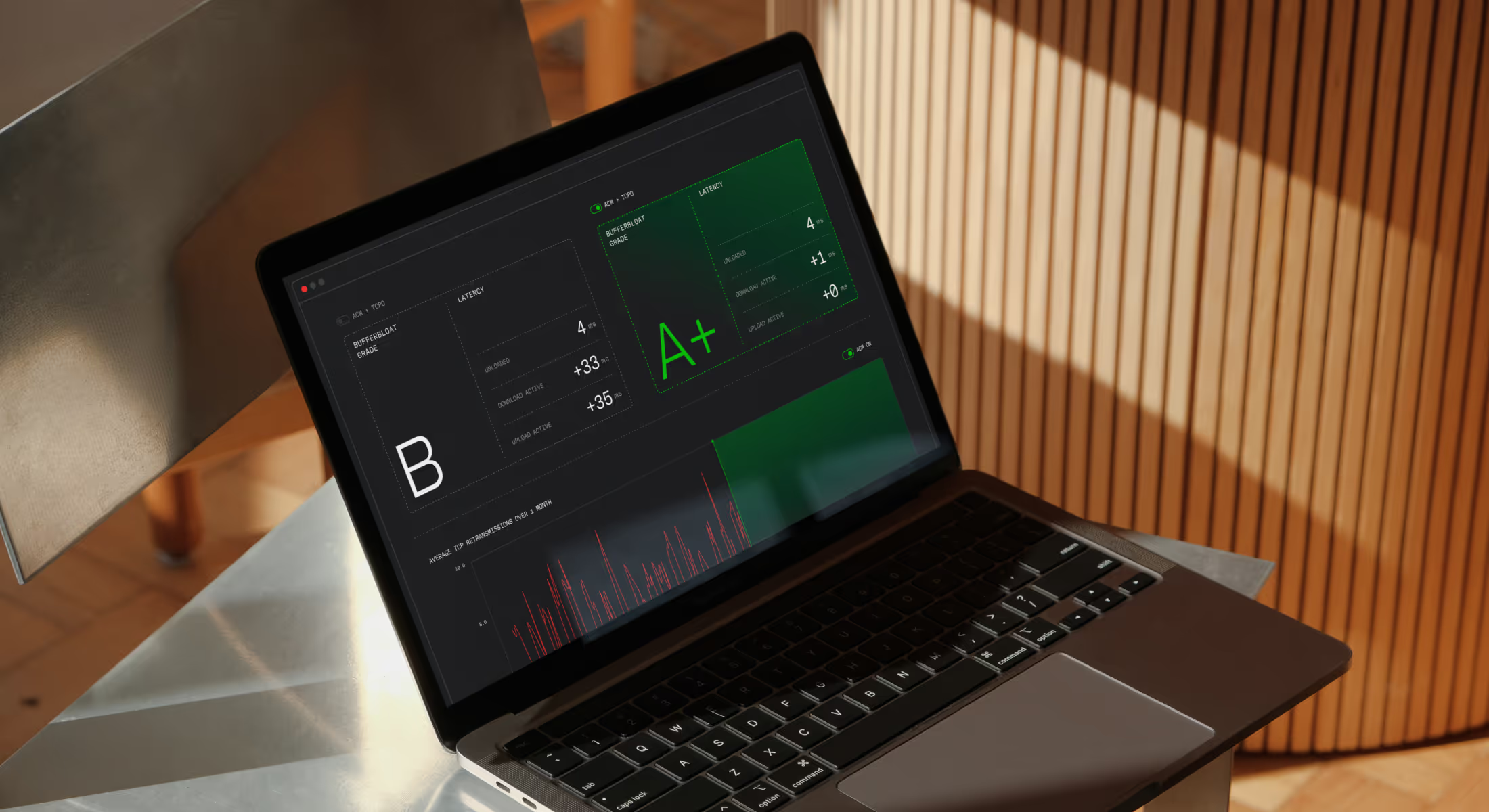Bequant Enhances Automatic Congestion Management (ACM), Reducing Latency and Bufferbloat Where Other Solutions Fall Short
Bequant has released R4.24, with an update to its Automatic Congestion Management (ACM) solution, significantly improving its ability to reduce latency and bufferbloat in networks where other solutions fall short. The update also includes enhanced detection of interactive flows, improved DPI time-evolution charts, and better DPI signatures, all aimed at providing a more efficient, lower-latency network experience.

The Automatic Congestion Management (ACM) functionality has been significantly enhanced in the latest software release from Bequant (also available as Cambium Networks QoE): R4.24. This update brings key improvements in mitigating bufferbloat, a critical issue for many networks that results in excessive latency and impacts the performance of online games, teleconferences, and other interactive applications.
Understanding Bufferbloat:
Bufferbloat occurs when network latency (often referred to as lag or network ping) increases due to network congestion. This can happen when the speed limit of the network is reached, which may be a result of a subscriber’s rate plan or a slower network node, such as a Wi-Fi router. Without proper management, these issues can severely degrade the user experience, especially for online games, teleconferences, and other interactive applications.
How Bequant Stands Apart:
Many QoS/QoE solutions, including Bequant’s, prevent latency spikes when enforcing rate plans using AQM (Active Queue Managment) techniques such as CAKE or FQ-CoDel, instead of using simple FIFO queues for rate limitation. Bequant, for example, uses an enhanced variation of FQ-CoDel, combined with TCP Optimization, to avoid the packet losses of other AQM solutions. However, AQM only works when the rate-plan limit is being enforced, but not if the latency comes from a network node slower than the rate-plan limit, like a slow Wi-Fi router without AQM queues: a very common situation. Bequant's enhanced ACM functionality offers a unique advantage: it reduces latency even when the bottleneck is caused by a network node slower than the enforced rate plan and without AQM (typically, a Wi-FI router). Bequant's ACM uses advanced Machine Learning algorithms that detect congestion in real-time for each subscriber, even when below the rate-plan limit, and optimize the sending speed at all times, to minimize both latency and packet loss.
The Result:
By addressing this often-overlooked source of latency, Bequant significantly lowers latency and bufferbloat in networks. This, in turn,enhances the user experience, reduces customer support calls, decreases churn, and improves overall network performance. The improvement can be validated through tools like Waveform’s bufferbloat test, where Bequant has demonstrated it can elevate a network's performance from a C-grade (in terms of bufferbloat) to an A or A+ grade, as shown in the video at the bottom ([short version], [complete version], and [Spanish version]).
Additional Features in R4.24:
- Improved Detection of Interactive Flows: Enhances the prioritization of interactive traffic (such as video calls or gaming) when enforcing rate limitations.
- New DPI Time-Evolution Charts for subscriber-groups: Provides more detailed insights for subscriber groups.
- Improved Deep Packet Inspection (DPI) signatures, for better traffic identification.
For more information or to request a free trial of the Bequant solution, please contact us at info@bequant.com (or contact Cambium Networks if you are using Cambium QoE).